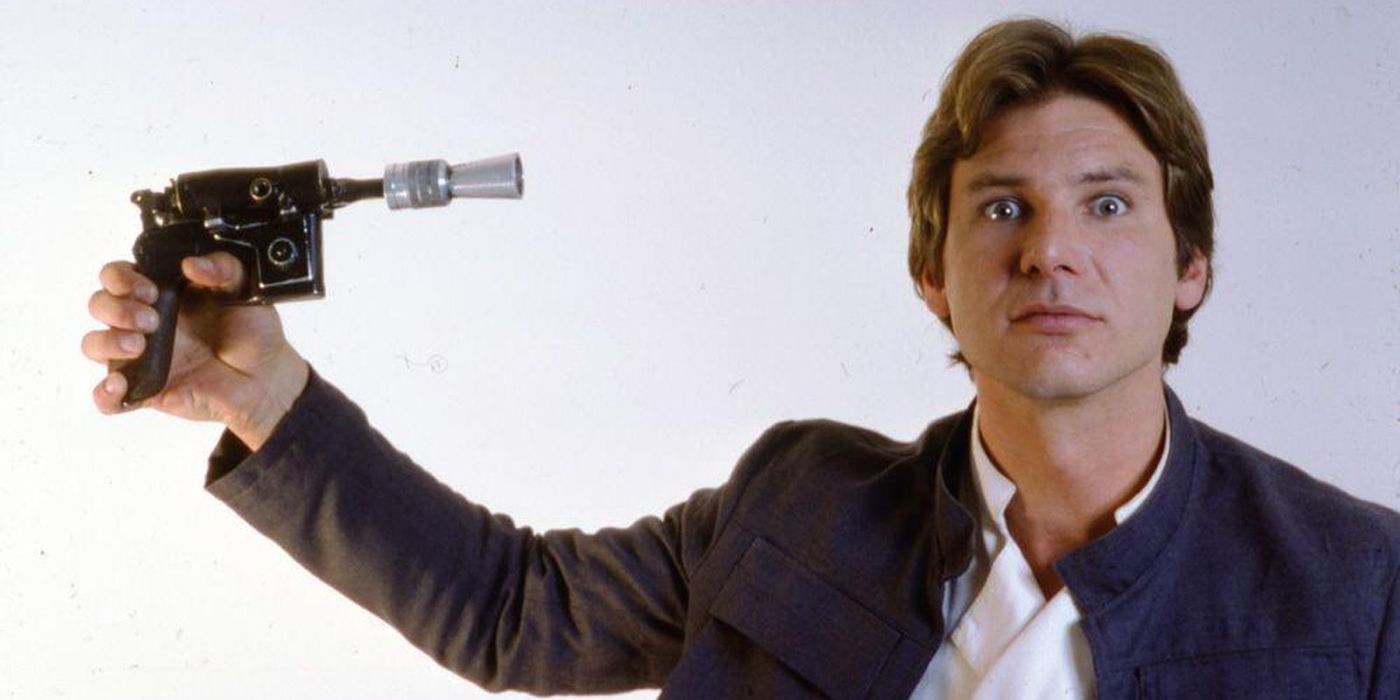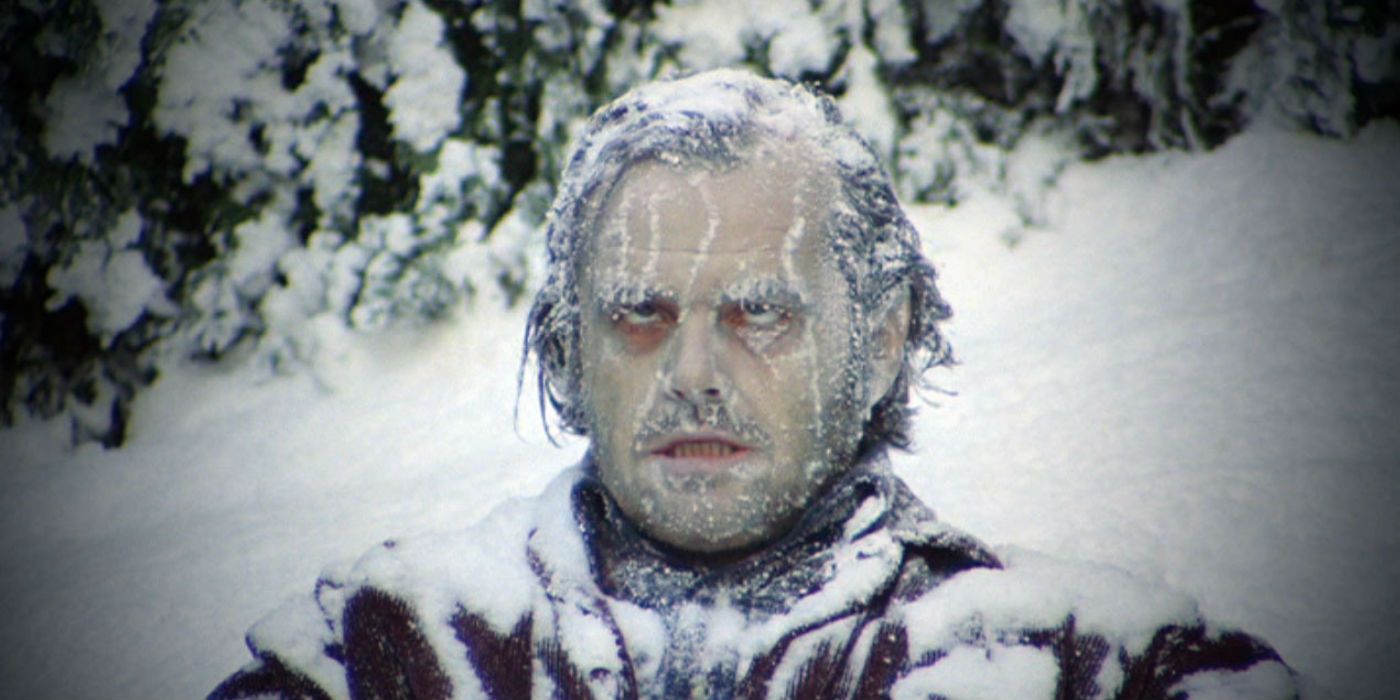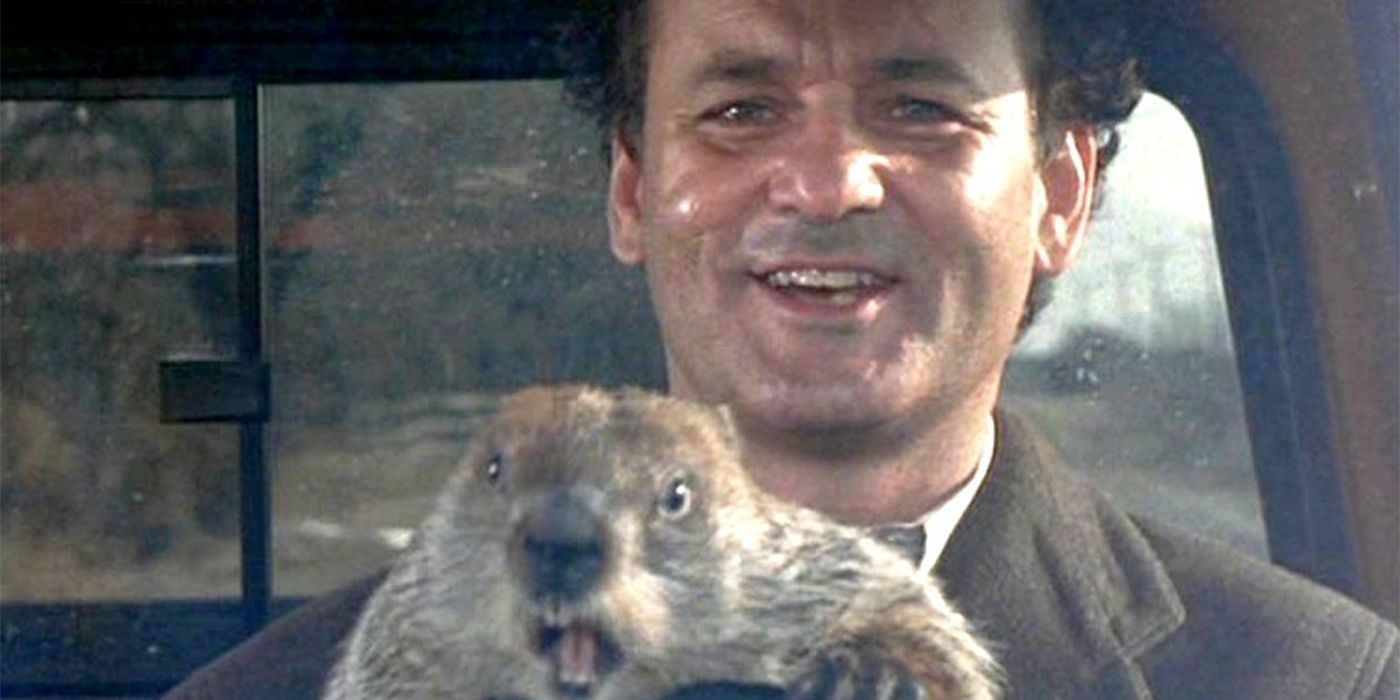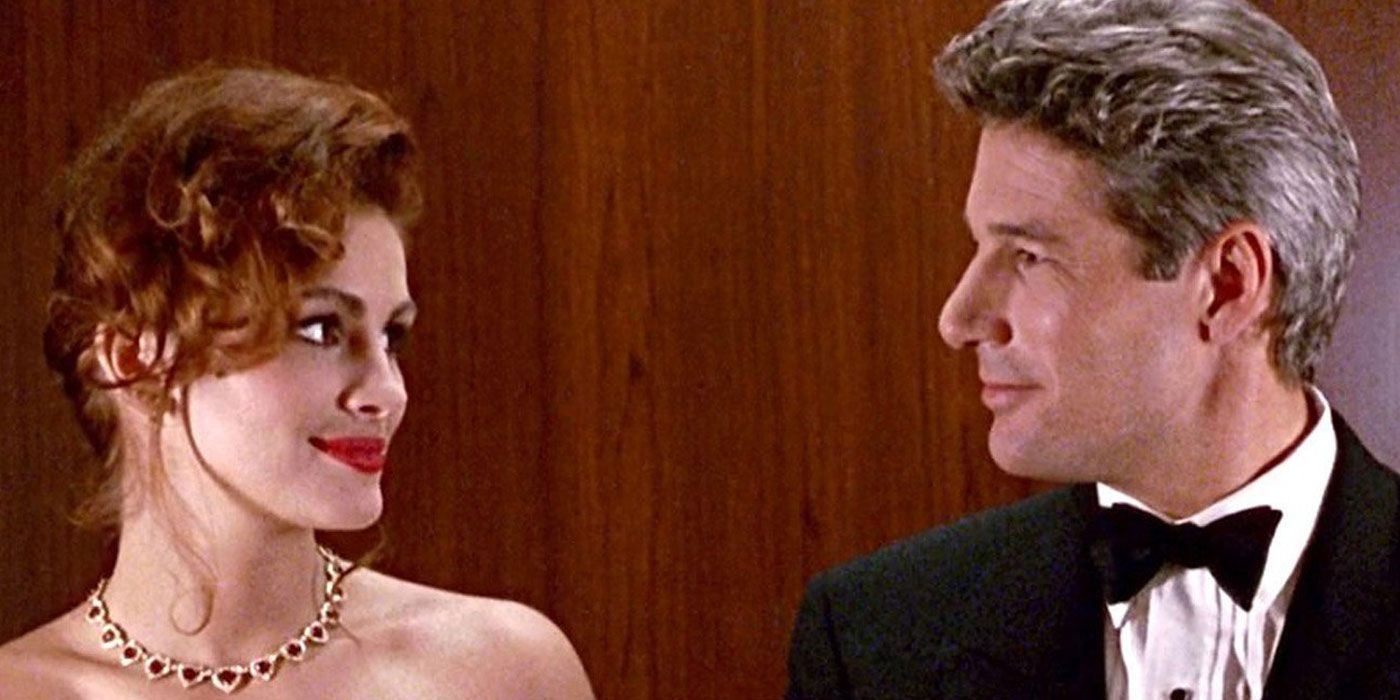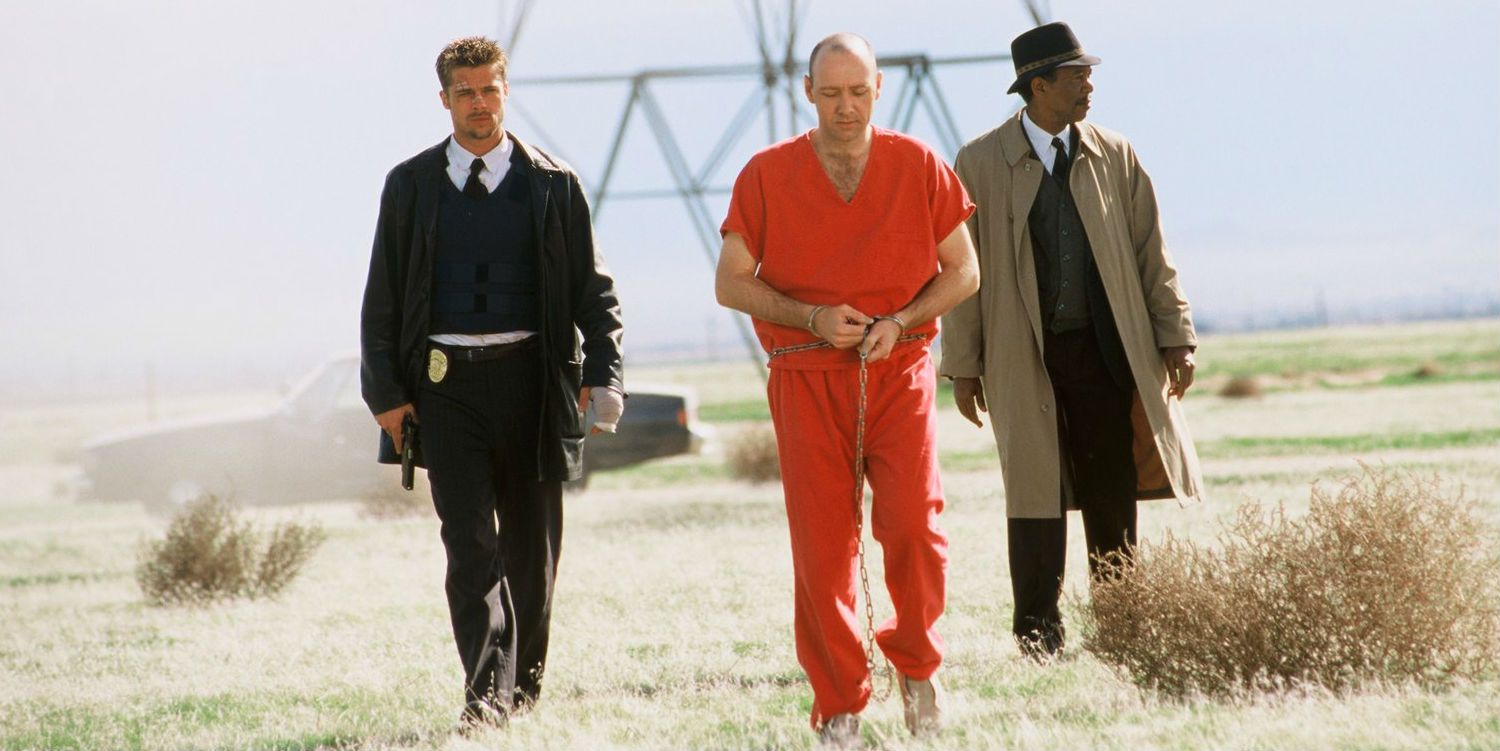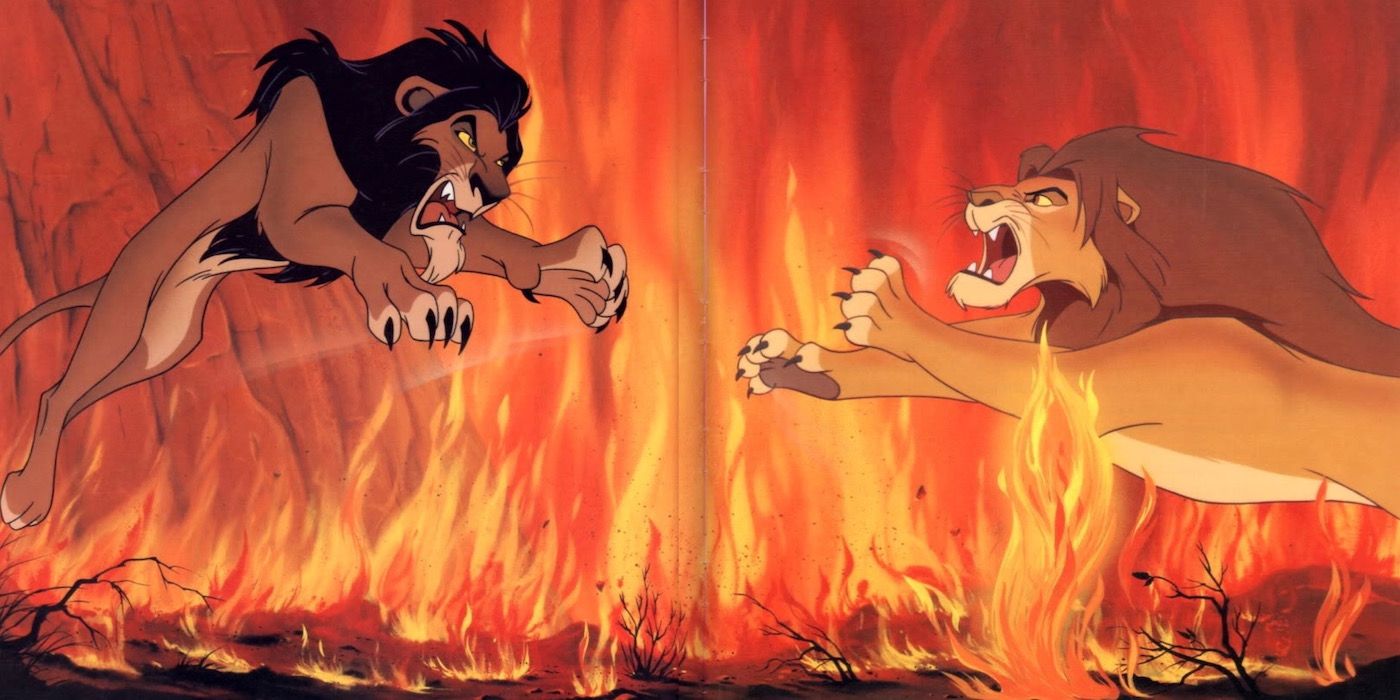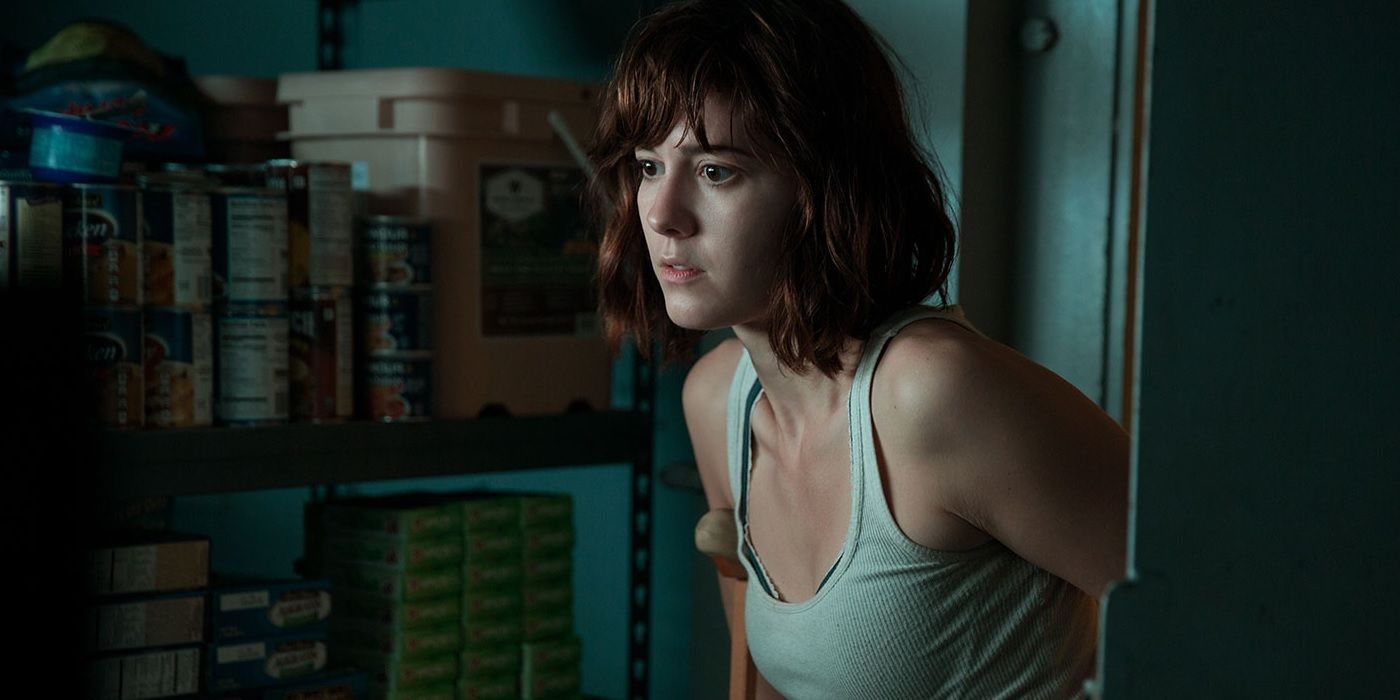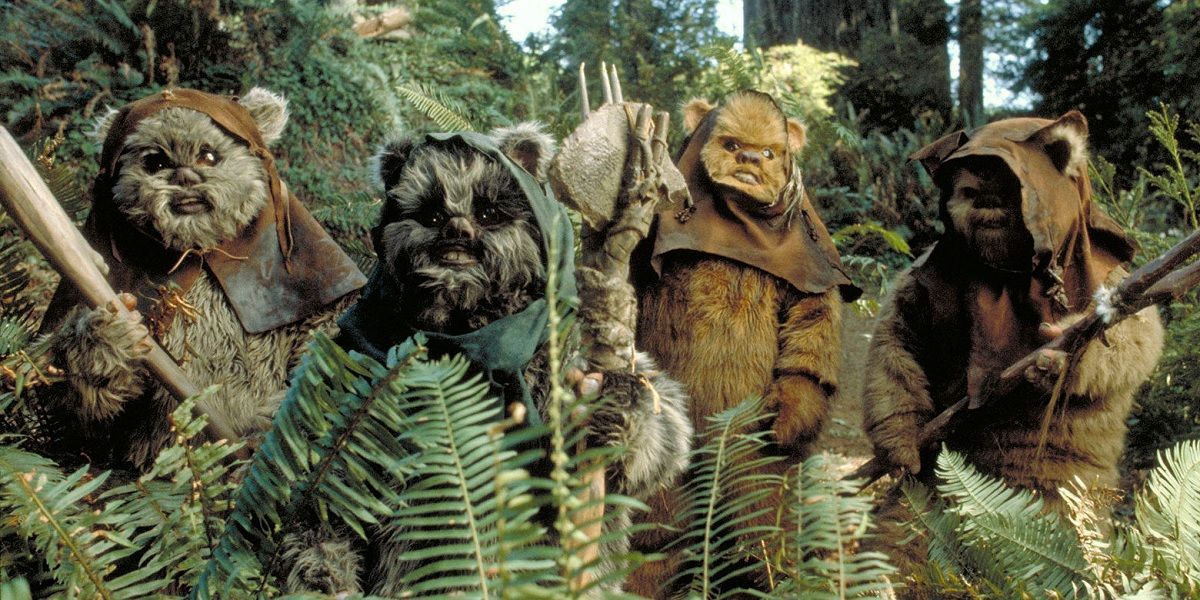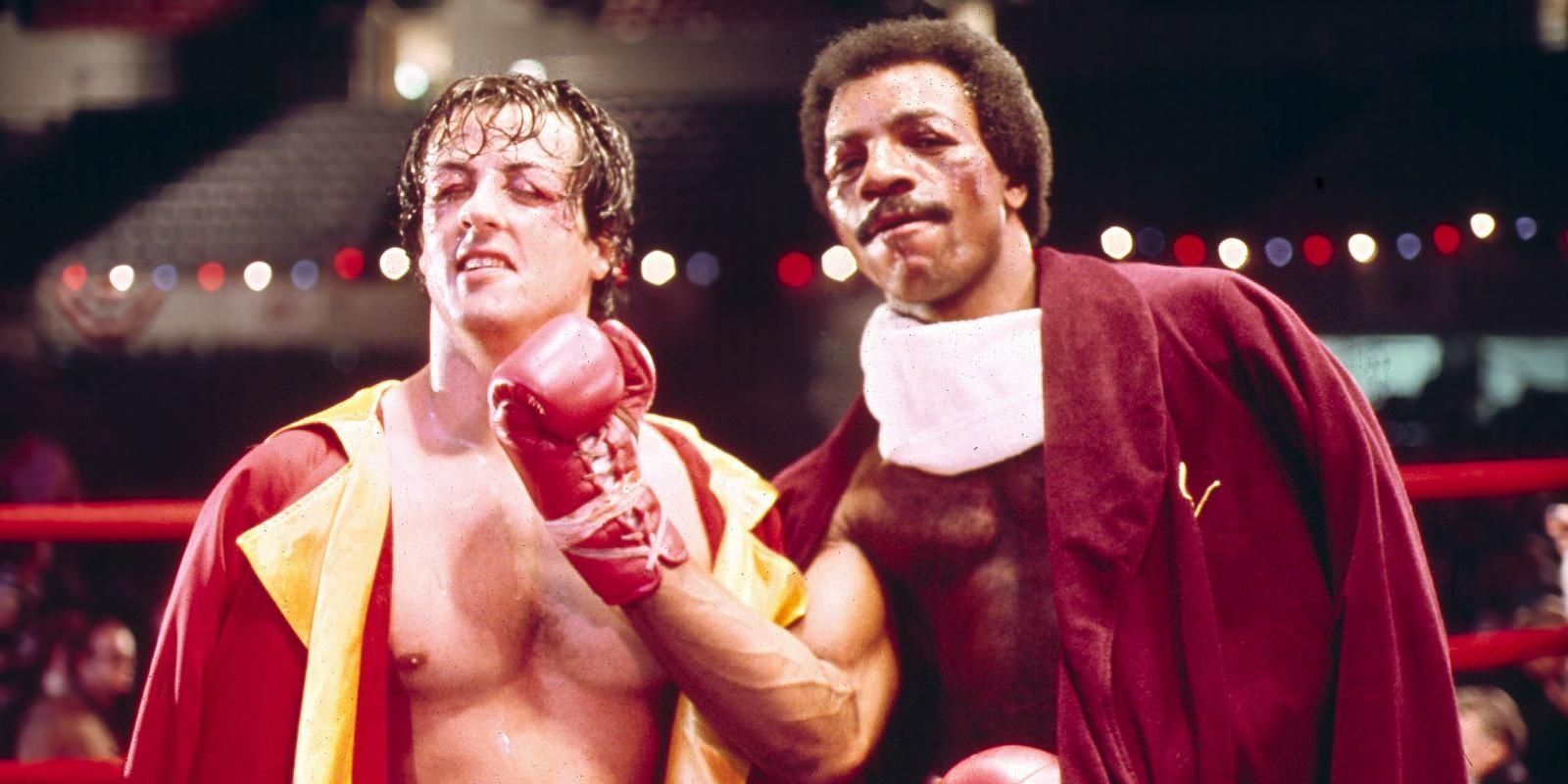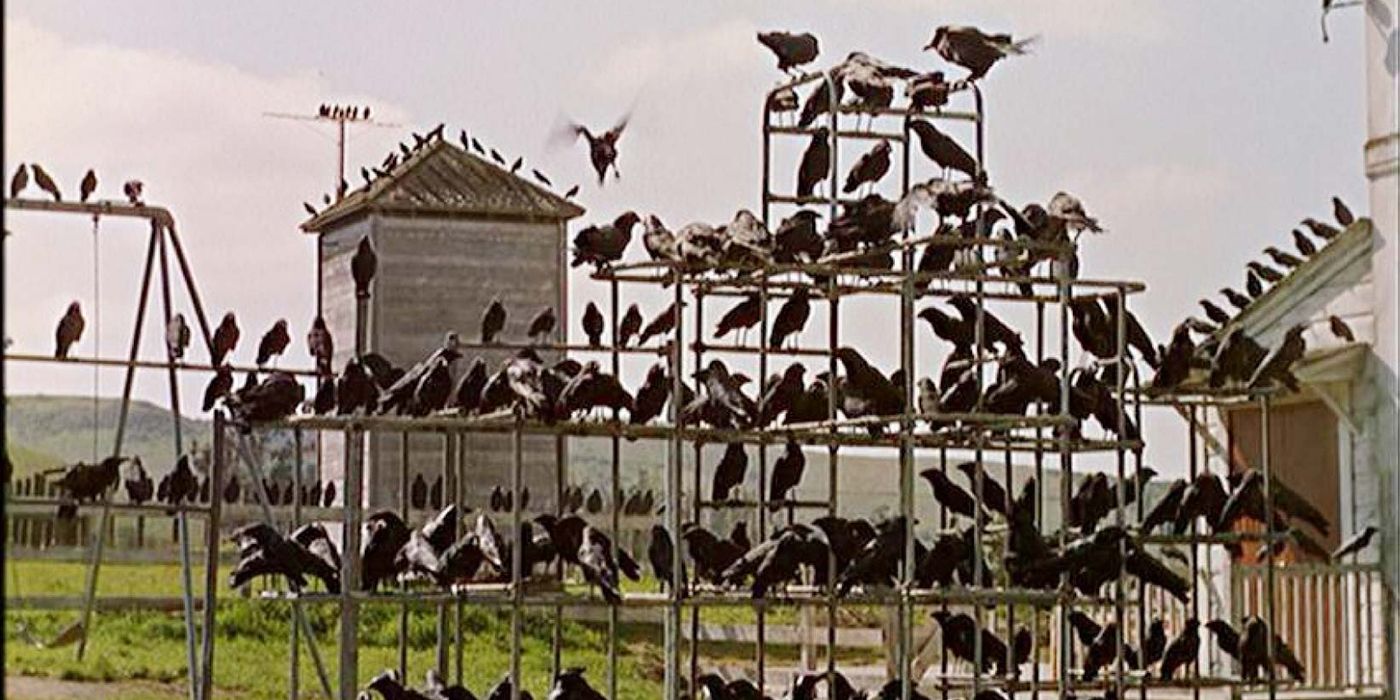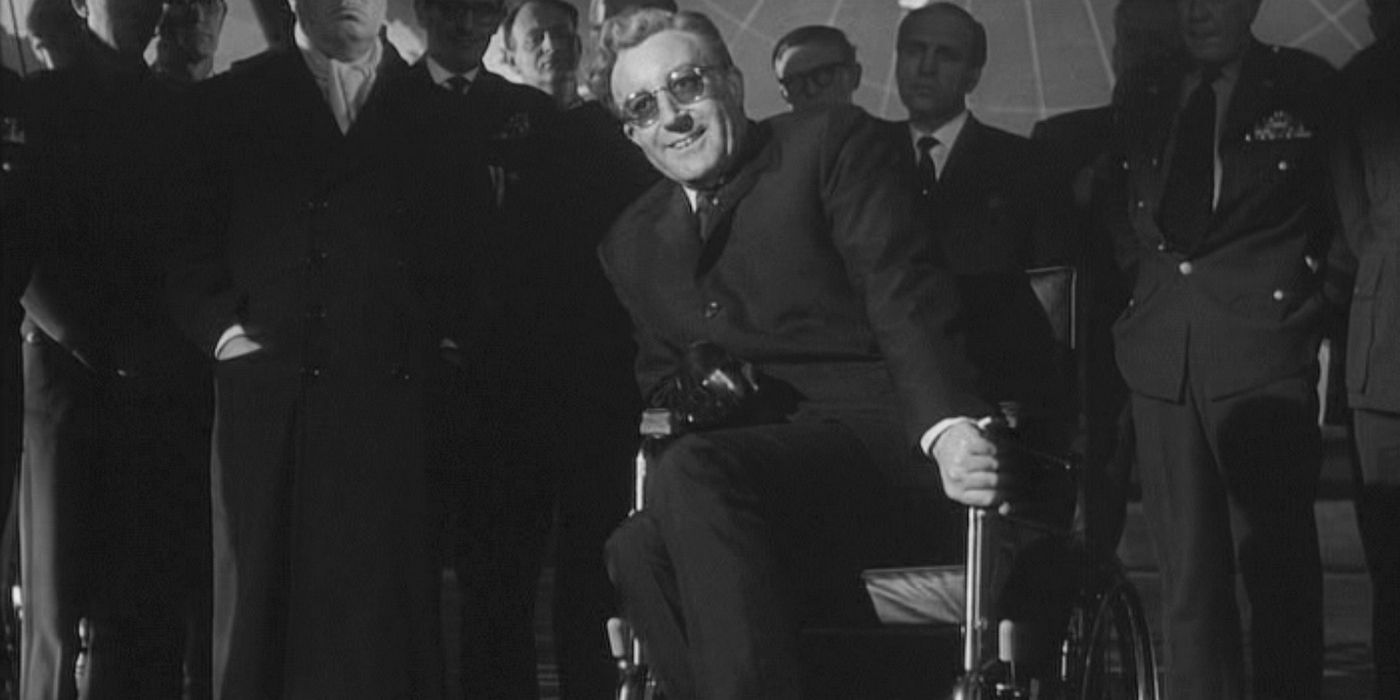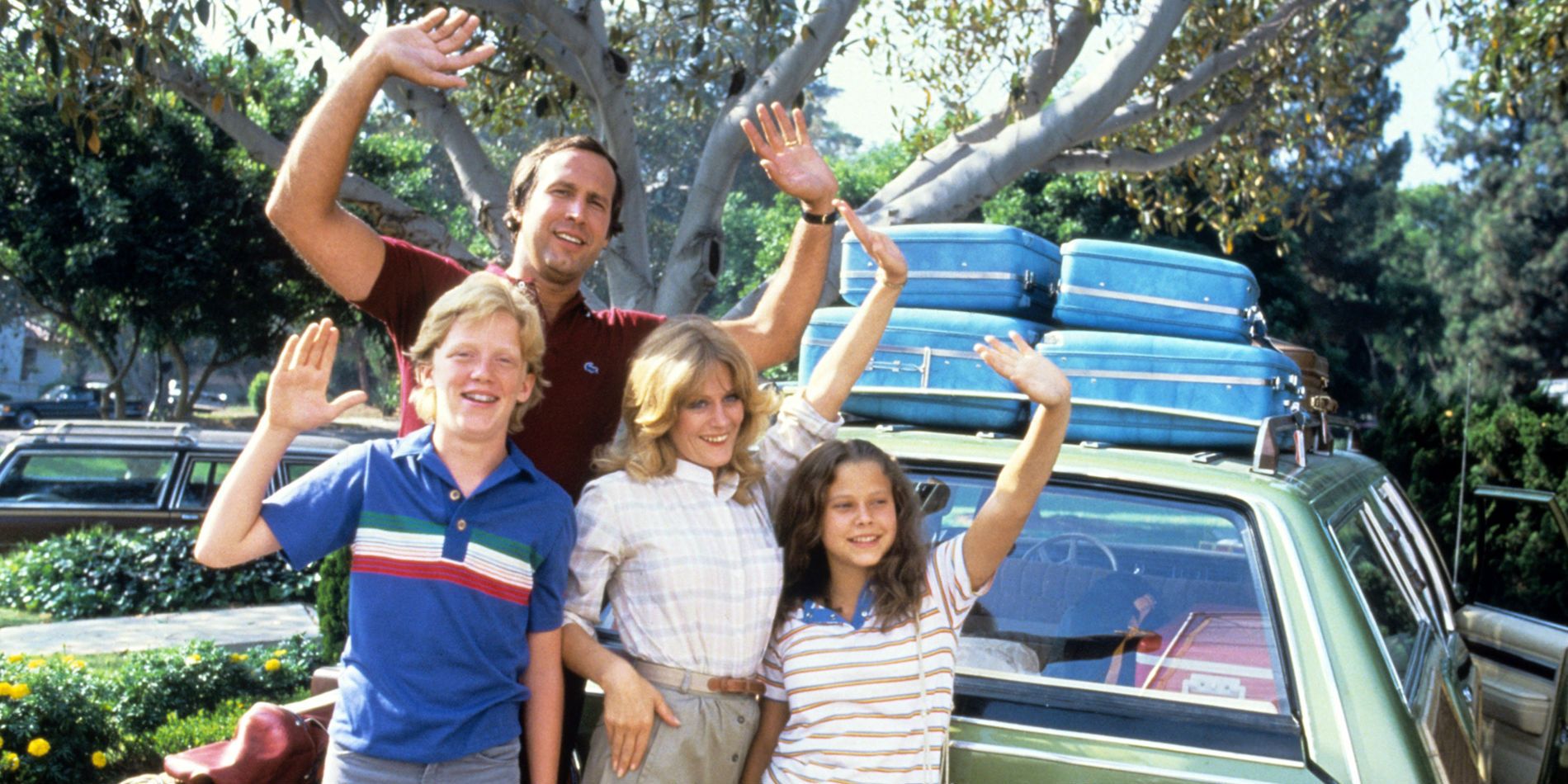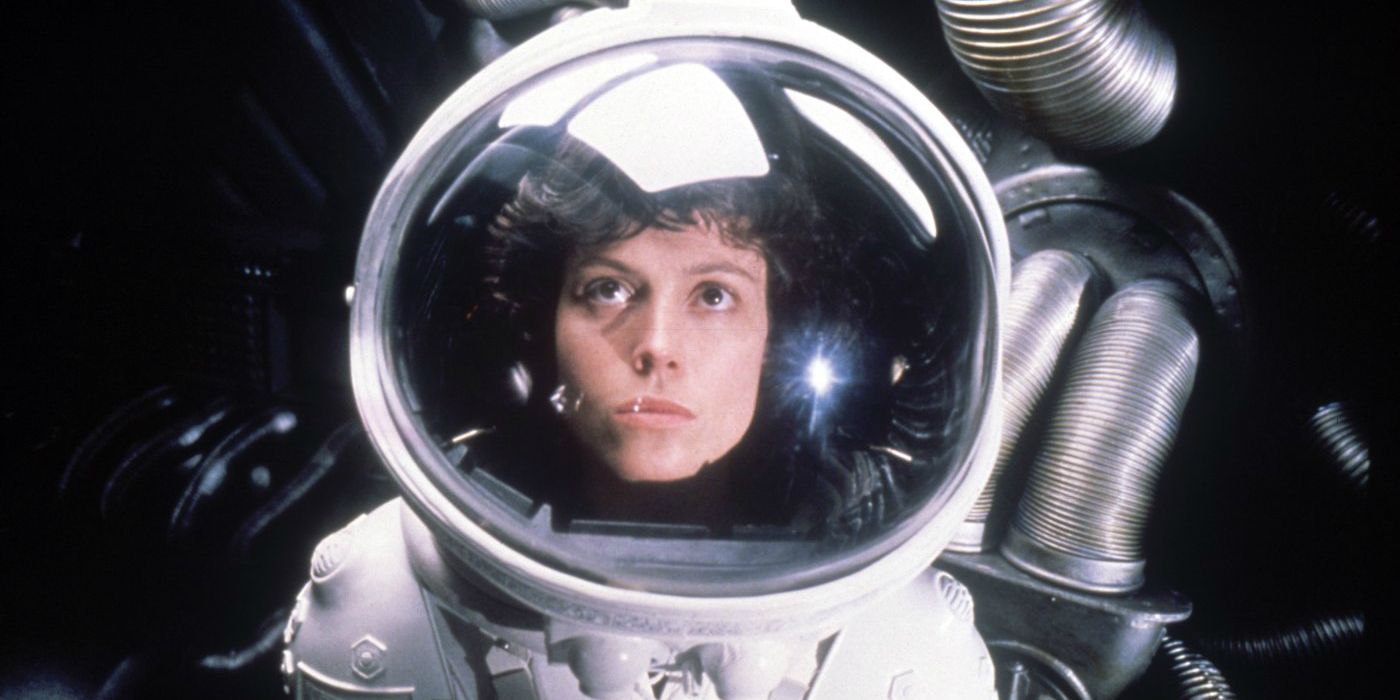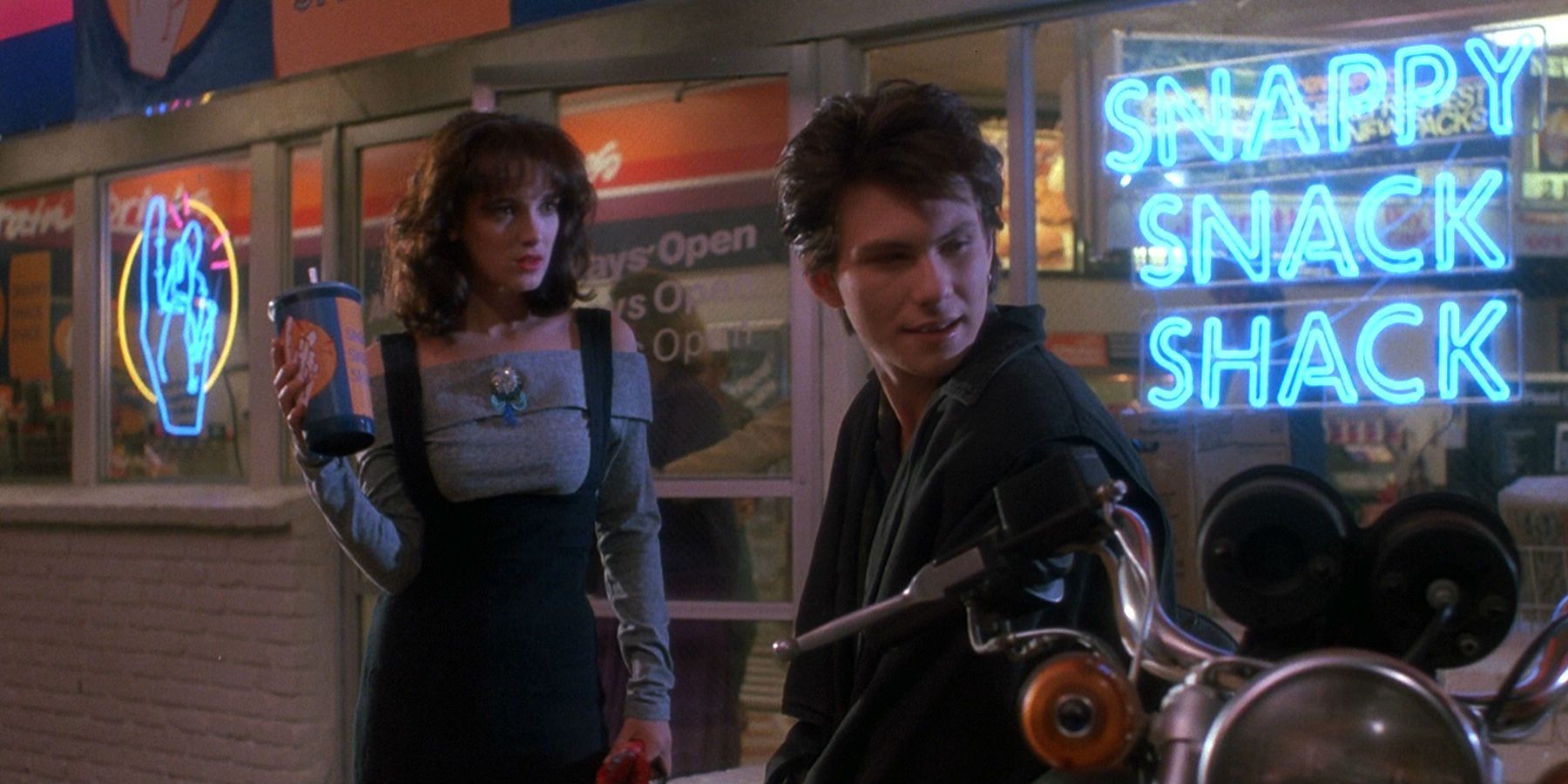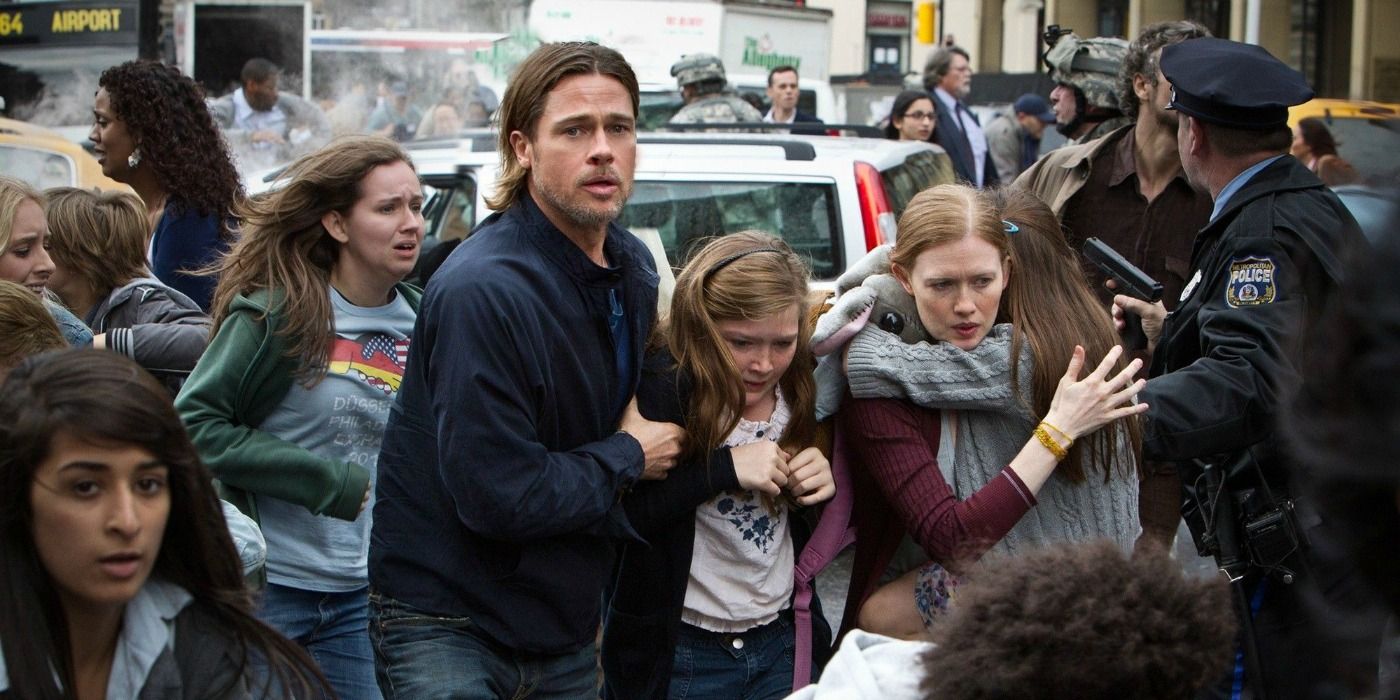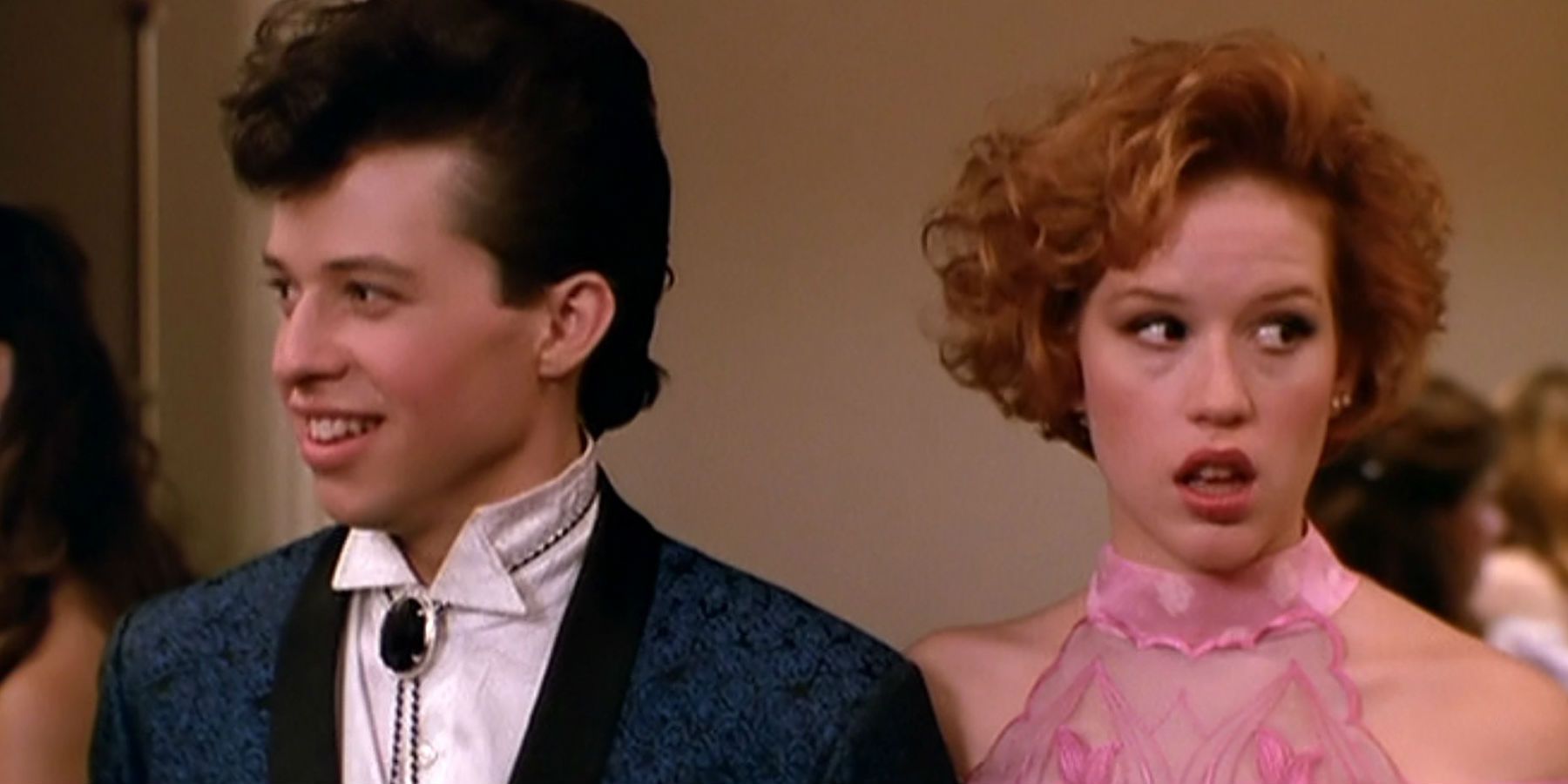Ever buy a DVD or Blu-ray and watch the "alternate ending" contained in the special features? It's fun to see a vision of what might have been and compare it to what actually was. Most times, the unused ending turns out to be unused for a very good reason. Every once in a while, it goes the other way, and you can't believe the filmmakers didn't use the brilliant finale they had right in front of them. Regardless, there's something to be learned about a movie from watching the stuff that didn't make the cut.
Sometimes of course, movies have alternate endings that aren't available on a DVD. Maybe the director refused to allow it to be shown. Maybe it never got past the script stage, or perhaps there were other forces at work. The fifteen films listed below all, at one point, had very different endings from what ultimately wound up onscreen. You just can't see them anywhere. Fear not, because we're here to give you the full scoop.
Here are 15 Movies Whose Original Ending We'll Never Get To See.
15. The Shining
Stephen King may hate Stanley Kubrick's adaptation of his novel The Shining, but moviegoers sure don't. The movie is a certified horror classic. Part of King's frustration is that the film deviates substantially from the book, but then again, the movie also deviates from its own original screenplay. The screen version, as we all know, ends with Jack Torrance (Jack Nicholson) freezing in the snow while his wife Wendy (Shelley Duvall) and son Danny (Danny Lloyd) escape.
Kubrick had a coda here at one point. An extra scene was slotted in between a shot of the frozen Jack and a tracking shot down a hallway of the Overlook Hotel that ends on a framed photograph. Script pages on a fan site run by Toy Story director Lee Unkrich reveal a sequence in which Wendy recovers from the story's nightmarish finale in a hospital. Stuart Ullman, who was Jack's hotel boss, comes to check on her, explains that Jack's body was never found, and gives Danny a tennis ball that is eerily reminiscent of the one Jack played with around the Overlook. This suggests that Ullman may somehow be complicit in the hotel's mysterious goings-on, while also generating many unanswered questions about what really happened to Jack.
Actually, initial audiences did get to see this original ending. A week after the film's release, Kubrick ordered it removed. All copies of the sequence were sent back to Warner Brothers and reportedly destroyed at the director's request.
14. Groundhog Day
The 1993 Harold Ramis-directed Groundhog Day is one of the most innovative and meaningful pictures of that decade. It's a reminder that movies designed to make you laugh can still maintain substance. In this philosophical comedy, Bill Murray plays Phil Connors, a petty and deeply unhappy TV weatherman forced to relive the same day over and over until he learns how to get it right -- which is to say, he needs to figure out how to be a better person. After considerable trial and error, he does just that. The last scene finds him waking up in bed with new love Rita (Andie MacDowell) and realizing that it's finally the next day. They leave the bed-and-breakfast where Phil has been staying indefinitely, discussing their plans for the future.
Ramis radically rewrote sections of Danny Rubin's original script, including the ending. In Rubin's version, there's a climactic revelation that Rita is trapped in her own time loop, also repeating a day over and over. Added to that was the suggestion that neither of their loops is coming to an end anytime soon, or, as Ramis put it to the New Yorker, "there's no existential relief in sight." The director doubtlessly made the right decision in scrapping that ending. It would have robbed Groundhog Day of its poignant message about the importance of always working to improve oneself.
13. Pretty Woman
Pretty Woman is the feel-good romantic comedy that turned Julia Roberts into a star. Of course, it's about wealthy Edward Lewis (Richard Gere), a corporate raider who pays a prostitute named Vivian $3,000 to be his companion for the week. Through their interactions, he discovers that she is much more than your average streetwalker. They fall in love, and the picture ends with him driving his limo to her apartment to "rescue" her from sex work like one of the fairy tale characters they discuss earlier in the story.
Director Garry Marshall softened the edges of Pretty Woman considerably. For a movie about a guy hiring a hooker, it's uncommonly squeaky-clean and charming. J.F. Lawton's script was edgier. Vivian, for instance, was addicted to drugs. The ending was far from the typical "happily ever after," too. In it, Edward rejects Vivian, and she ends up back on the streets and hopping on a bus to Disneyland. Needless to say, the movie would probably not be the adored rom-com it is with that downbeat end note.
12. Se7en
Se7en is a seriously disturbing film. Serial killer John Doe, played by Kevin Spacey, carries out a series of murders inspired by the Seven Deadly Sins. To complete his master plan, he needs to get detective David Mills (Brad Pitt) to murder him, thereby checking off the "wrath" box. In the harrowing last scene, Mills and partner Somerset (Morgan Freeman) take Doe to a remote location, where a delivery van drops off a box, which Somerset opens. It contains the head of Mills' wife. Devastated and vengeful, Mills succumbs to the killer's twisted plan and shoots him.
Several different endings were floated for Se7en, including one in which the box contains the head of Mills' dog rather than his wife. Another one got a little closer to becoming a reality. Freeman advocated for a proposal that Somerset "save" Mills by killing Doe first. That would mean the bad guy would die, without requiring Mills to give Doe exactly what he wants. It was Pitt who put the kibosh on that idea, saying that, in his view of the character, Mills would absolutely pull the trigger. And with that, a thoroughly nerve-rattling ending was born.
11. The Lion King
Family movies often find themselves in a bind. They need to somehow dispatch of their villains, but it isn't really kosher to have the heroes kill them, as they might in a more adult-oriented picture. The solution? Have the bad guy fall to his death, preferably while the hero tries to save him. It's tough to say where this cliche began, but it was rather effectively used in The Lion King. The treacherous Scar corners Simba on Pride Rock. They scuffle and Scar falls over the side of a cliff, at which time he is attacked by the hyenas he previously betrayed.
Earlier in the movie's development, Scar's fate was even more gruesome than that. The original ending has him falling and burning to death in the fire that has surrounded Pride Rock. Disney rightly decided that this concept was potentially too upsetting for young audiences, so they went with the hyenas. Although this finale didn't make it to the screen, the storyboard version of it exists, and you can watch right here.
10. 10 Cloverfield Lane
One of the big things 10 Cloverfield Lane was lauded for was its eerie, claustrophobic story involving a woman named Michelle (Mary Elizabeth Winstead) being held in an underground bunker by a man, Howard (John Goodman), who may or may not be crazy. One of the things the movie was criticized for was its finale, which suddenly finds Michelle battling alien creatures back up on land. It seems seriously out of place with all the character-based elements that come before. What begins as a Hitchcockian thriller abruptly turns something that feels a little too much like the first Cloverfield.
The mystery of whether Howard is lying when he tells Michelle that some kind of chemical attack has occurred above ground was always part of 10 Cloverfield Lane (which was once titled Valencia). The initial screenplay kept the ending a little closer in tone to that idea. In it, Michelle escapes the bunker and is chased by Howard. Inside his farmhouse, she blinds him, then shoots him in the knee. He doesn't die, though. She leaves him there, quickly hitting the road in search of help. Eventually spotting a decimated Chicago skyline, she realizes that Howard was right after all, and the story ends with her putting on her homemade hazmat mask. 10 Cloverfield Lane got great reviews and was a box office hit, but would it have fared even better with the original ending? We'll never know.
9. Return of the Jedi
Star Wars captivated the world in the late '70s, and the second entry of the series, The Empire Strikes Back, took the saga to a darker, more dramatic place. It was something of a surprise, then, that Return of the Jedi wrapped up as a cute-and-cuddly affair. The original trilogy concludes with Luke, Leia, Han Solo, and other key characters frolicking with the teddy-bearish Ewoks, who sing their "Yub Nub" song. Everything about the sequence is uplifting.
At one point, there was going to be a much grimmer vibe to the finale, though. George Lucas's initial outline had Han Solo die while helping carry out a raid on an Imperial base a little earlier in the film. The result of his death would ultimately leave the rebel forces in shambles. According to producer Gary Kurtz, Lucas second-guessed himself, fearing that killing off a major character would negatively impact toy sales -- an important ancillary revenue stream. He therefore spared Han's life and devised the celebratory ending we're all familiar with. Incidentally, this decision drove a wedge between Kurtz and Lucas, and star Harrison Ford, of course, wasn't too thrilled with it either.
8. Rocky
Rocky made Sylvester Stallone a household name overnight. The drama about a Philadelphia boxer named Rocky Balboa who goes from being a loan shark's debt collector to a world heavyweight champion was everything an audience could want. It was inspiring, entertaining, and rousing. And who could forget Rocky's triumphant final match against opponent Apollo Creed, which lasts fifteen punishing rounds and finds our hero refusing to go down for the count? Sure, he loses on a technicality, but he wins by not giving up. The movie ends with Rocky's beloved Adrian running into the ring for a hug.
Stallone also wrote the script, and his original vision for the ending was much less heart-warming. In it, Rocky throws the Creed fight for money, then uses the cash to help Adrian open a pet store. That scenario certainly would have robbed the picture of the feel-good quality that helped it ride all the way to a Best Picture Oscar (and quite possibly, the successful film franchise that followed). Fortunately, producers Irwin Winkler and Robert Chartoff were able to help Stallone come up with a more satisfying conclusion.
7. The Birds
The Birds is one of Alfred Hitchcock's most enduring films. It may not have the same shock appeal as Psycho or the same artiness as Vertigo, but it's a very effective chiller nonetheless. The final shot, which features heroine Tippi Hedren and friends driving out of town through a mass of ominous black birds, really sends you away with goosebumps.
Hitchcock has said -- probably jokingly -- that he wanted to end the movie with birds completely covering the Golden Gate Bridge. Co-writer Evan Hunter, meanwhile, has revealed that the shooting script found the characters driving away and discovering that the entire town has been decimated by birds. Vehicles are overturned, windows are shattered, blood is splattered on the facades of buildings, and dead bodies are strewn around. As they drive, a bunch of birds dive-bomb the car, poking through its canvas top, but the survivors hit the gas and get away. This ending was scrapped because it would have been too expensive to film. That's too bad, because with a visual stylist like Hitchcock, it undoubtedly would have been an astonishing sight to behold.
6. Dr. Strangelove
Stanley Kubrick wasn't exactly best-known for making humorous films, but he undoubtedly made one of the most acclaimed, enduring comedies of all time. We're talking, of course, about Dr. Strangelove. This satire pokes fun at the very serious subject of nuclear war, using absurd situations and ironic dialogue (“You can't fight in here! This is the war room!”) to generate laughs. The last scene has the title character (played by Peter Sellers) rising from his wheelchair following an intense political discussion, followed by a montage of nuclear bombs blowing up.
If you look carefully, you can see a table full of pastries sitting in the war room during that last scene. That's because Dr. Strangelove once had a much more slapstick denouement. In that version, General Turgidson (George C. Scott) gets into a tiff with the Russian ambassador that leads to a massive pie fight, which Strangelove halts by firing his gun into the air. The pie fight was intended to be a metaphor for the folly of war, but Kubrick ultimately felt it didn't match the tone of everything else in the movie, so he opted to excise it. Photos of the sequence have been posted online, but to date, the footage has never been made available for public viewing. As we saw with The Shining, Kubrick went to extreme lengths to make sure no one laid eyes on his outtakes.
5. National Lampoon's Vacation
The seminal '80s comedy National Lampoon's Vacation is about family man Clark Griswold (Chevy Chase) taking his wife and kids on a cross-country road trip to the Walley World amusement park in California. Their journey is plagued by bad luck that includes the death of an elderly aunt, a car wreck, and a tragedy involving a dog. When the Griswolds finally get to Walley World, they discover the park is closed for repairs. A disgruntled Clark takes a security guard hostage, forcing him to let the clan get on some rides. The cops are called, but owner Roy Walley himself appears and, upon hearing Clark's tale, declines to press charges.
The movie's original ending was shot, but has never been seen by the public. In it, the Griswolds storm Roy Walley's house, taking him hostage and forcing him to entertain them with song and dance. That wrap-up didn't go over so well with test audiences, who found the kidnapping unsympathetic. Four months after production had wrapped, the new ending was filmed, and it fared much better. Vacation turned into one of 1983's biggest hits. You may have realized that one of the sequels, Christmas Vacation, used a variation on the idea when Cousin Eddie kidnaps Clark's boss, coercing him into provided a better holiday bonus.
4. Alien
Ridley Scott's Alien had a famously complex development history. A lot of things went into shaping the story, both in terms of screenwriting and editing. Scott pulled it off though, turning the movie into a supremely scary sci-fi/horror tale. The ending we all know has Ripley (Sigourney Weaver) as the lone survivor of the Nostromo. She thinks the xenomorph has been destroyed, but it's really in the shuttle with her. Following a scuffle, she triumphs after opening the airlock and blasting the thing into space.
The ending works. It's shocking, exciting, and ultimately satisfying, but at one point, Scott had the situation flipped. According to David A. McIntee's book Beautiful Monsters: The Unofficial and Unauthorized Guide to the Alien and Predator Films, Scott wanted to have the xenomorph catch and behead Ripley, then mimic her voice to record one last entry into her log. Given that the creature didn't display any voice impersonation ability prior to this, the choice was clearly wrong-headed. Thankfully, the film's producers shot this proposed ending down, convincing Scott to save his heroine and kill his monster.
3. Heathers
Sometimes an original ending is so awesome-sounding that you wonder why it went unused. The '80s dark comedy Heathers provides a perfect example of this. There's nothing wrong with the theatrical ending, which finds Veronica (Winona Ryder) realizing that J.D. (Christian Slater) is planning to blow up their high school. She shoots him and, after staggering outside, he detonates the bomb, killing himself. Veronica tells off the snooty Heather Duke, then makes a gesture of friendship to class outcast Martha "Dumptruck" Dunnstock.
It's a fine ending -- it's just not as fine as what screenwriter Daniel Waters first had in mind. Actually, he had several ideas in mind, including having Martha ironically stab Veronica, and having Veronica blow herself up with J.D.'s bomb. The best of the unused endings had the school exploding and all the students holding their prom in Heaven. It's a wacky idea, for sure, but it's also one so gloriously ambitious that it would have raised an already stinging comedy to a whole other level.
2. World War Z
It's a miracle that World War Z turned out as good as it did. By all accounts, the production was plagued with problems, from budget overruns to a director (Marc Forster) who couldn't decide what he wanted. Things got so bad that star Brad Pitt reportedly stopped talking to Forster. In an effort to save what was clearly turning into a disaster, the entire final third of the movie was rewritten and reshot. In the version that was theatrically released, Pitt's character, Gerry, makes his way into a World Health Organization building to swipe some pathogens that he (correctly) believes will help identify a cure.
So what happened in the footage that got scrapped? It takes place in Moscow, where a fierce battle against zombies is waged. Now a part of the military battling them, Gerry comes to realize that the cold Russian winter slows the creatures down, indicating that there may be a way to defeat them permanently. His wife, meanwhile, is in a sunny Everglades refugee camp, where she survives, in part, by agreeing to a sexual relationship with a soldier, played by Matthew Fox. (This explains the actor's perplexingly brief cameo in the release cut.) It all ends with a montage of Jerry and two associates making their way to the Oregon Coast, ready to traverse the entire U.S. to save her. Clearly, this was intended to be an epic conclusion to an epic story, as opposed to the more intimate conclusion audiences ultimately saw.
1. Pretty in Pink
The 1986 John Hughes-penned teen classic Pretty in Pink is about a high school girl named Andie (Molly Ringwald) who comes from an economically disadvantaged home. She falls for Blane (Andrew McCarthy), one of the school's rich kids. He likes her, too, but his elitist friends convince him to break things off with her right before prom. Heartbroken, she goes to the dance alone, then meets up with platonic male friend Duckie (Jon Cryer). Blane arrives alone, too, apologizing for his callousness. The film ends with him kissing Andie in front of his car.
It's a romantic conclusion. It is not, however, the one Hughes really wanted. The original ending found Andie winding up with Duckie after realizing that he's much more loyal to her than Blane could ever be. This conclusion was changed after test audiences hated it, saying they would prefer a more traditional rom-com resolution. The finale was therefore reshot to have Andie end up with her dream guy. Unfortunately, McCarthy had cut his hair for another film, requiring him to wear one of the worst wigs in screen history for the reshoots. A new ending also necessitated a new theme song. Orchestral Manoeuvres in the Dark's "Goddess of Love" no longer fit, so the band hastily wrote and recorded, "If You Leave" -- a tune that ultimately became their biggest hit.
Perhaps because the intended theme of how socioeconomic status can affect relationships didn't come through with the new ending, Hughes wrote a gender-flipped version of the same story called Some Kind of Wonderful in which the working class hero (Eric Stoltz) picks his eternally loyal gal-pal (Mary Stuart Masterson) over the rich popular girl (Lea Thompson). While that picture has its fans, it's not quite the beloved teen classic that Pretty in Pink is.
---
What do you think of these original endings? Which ones are better than the final endings? Which are worse? Be sure to share your thoughts in the comments.

